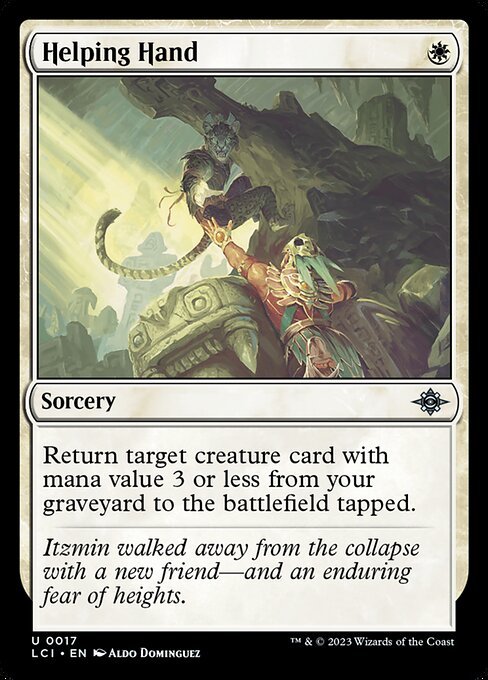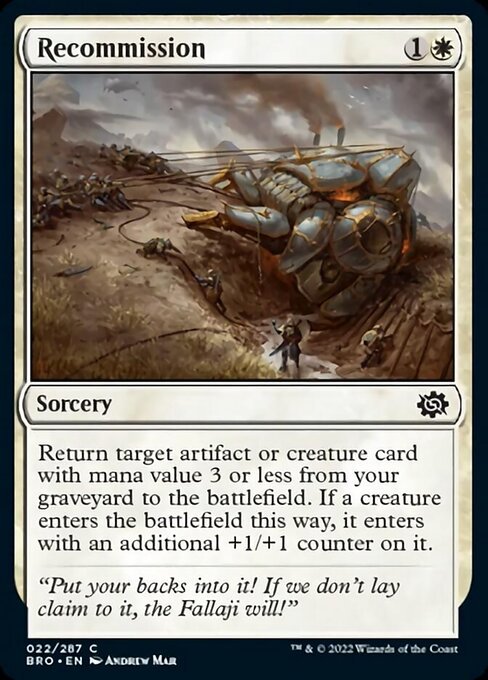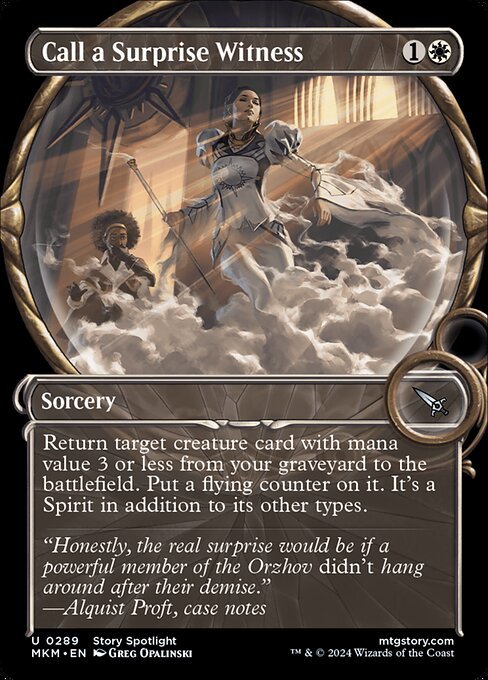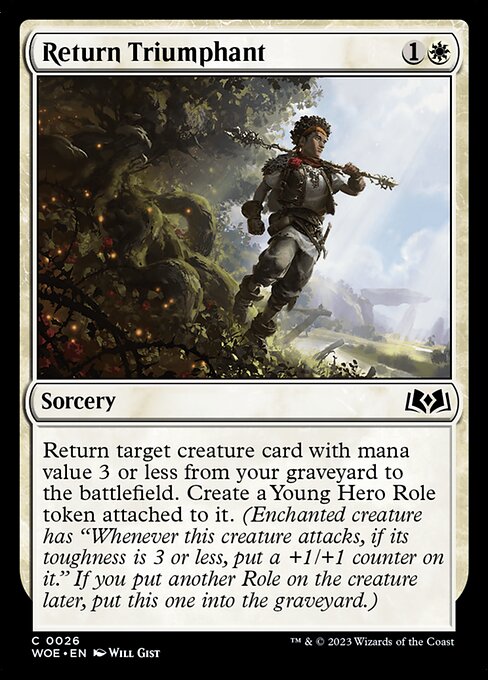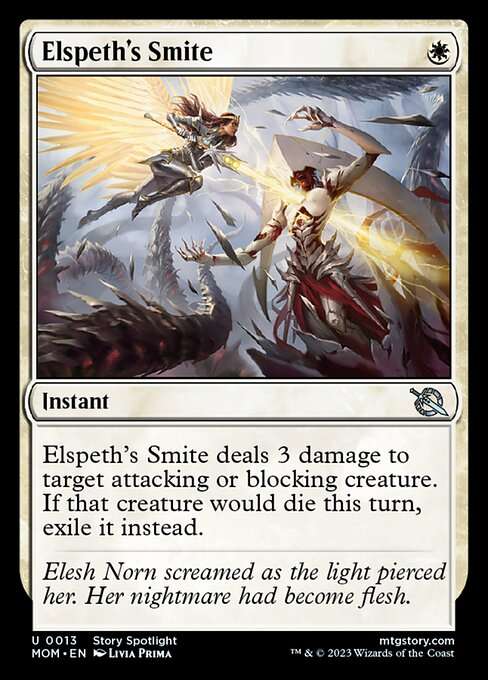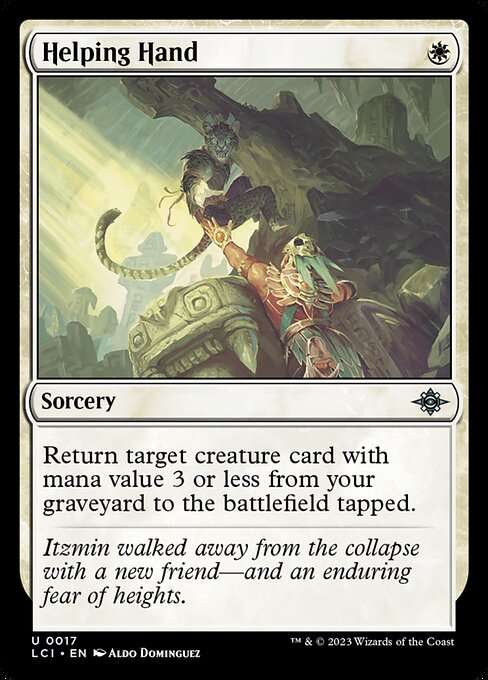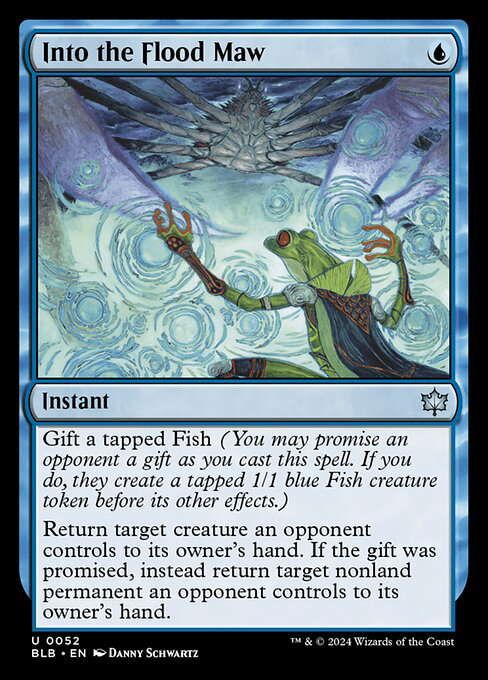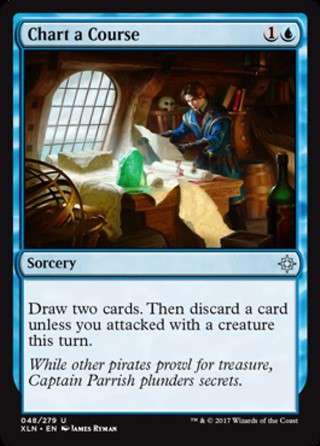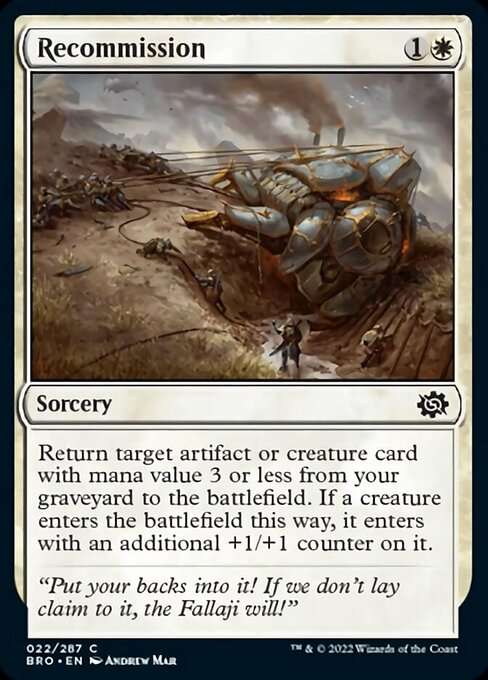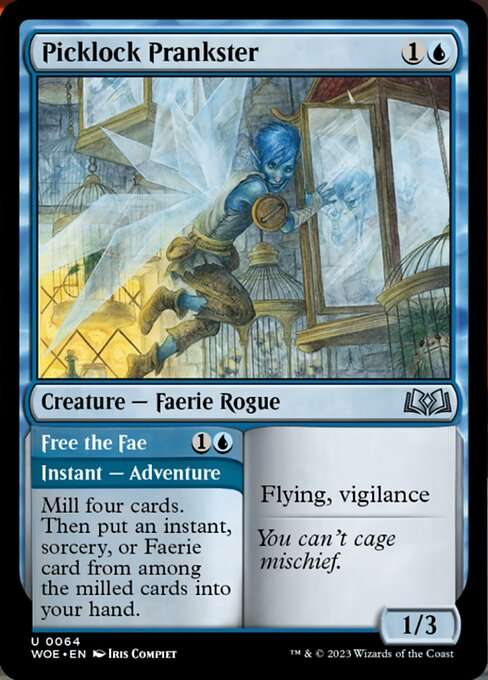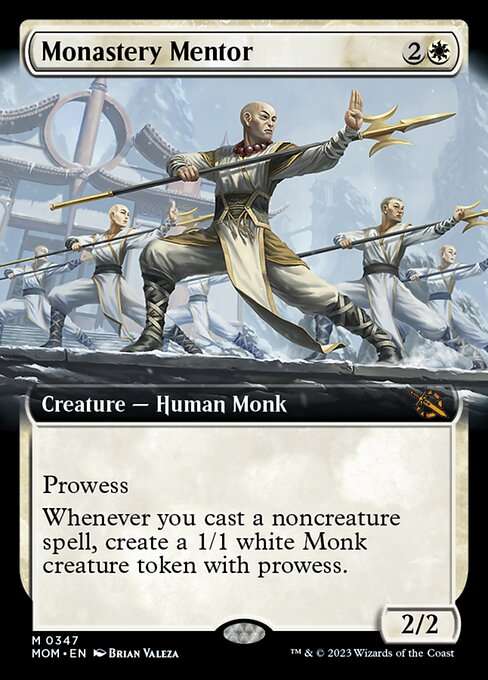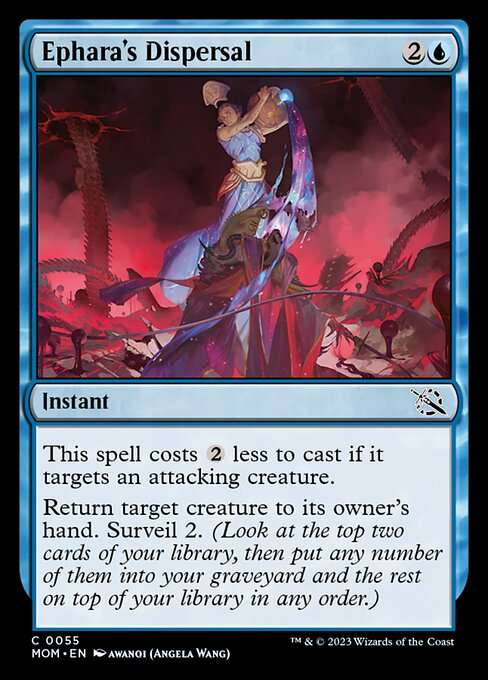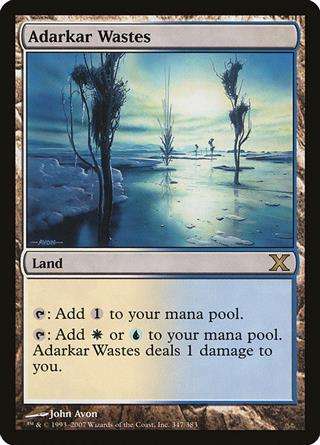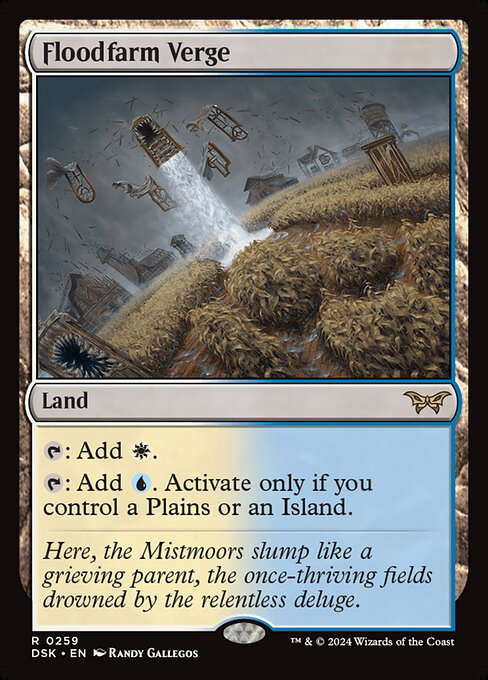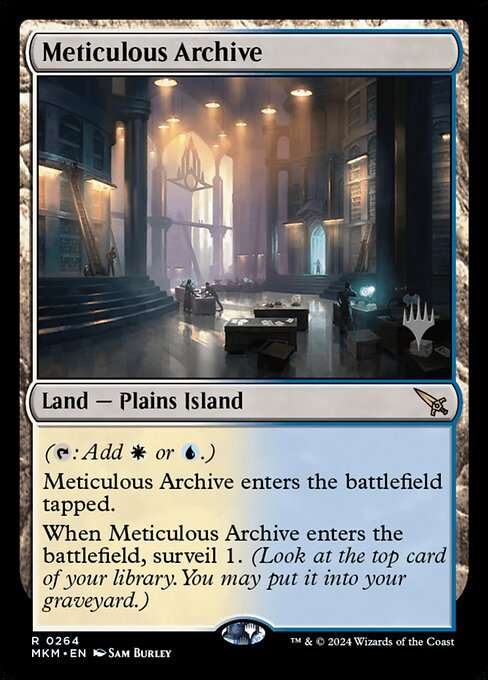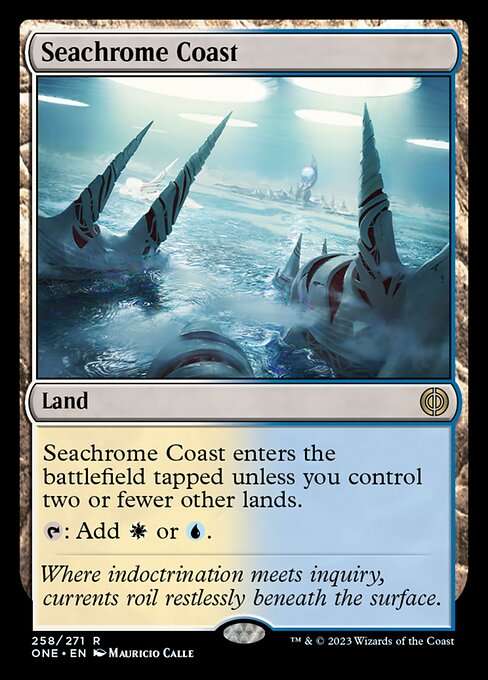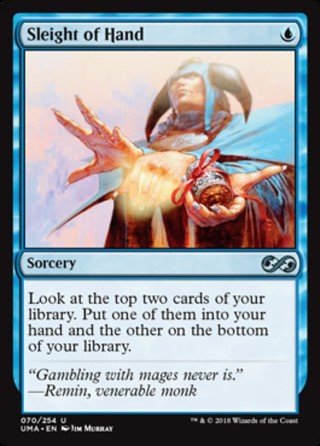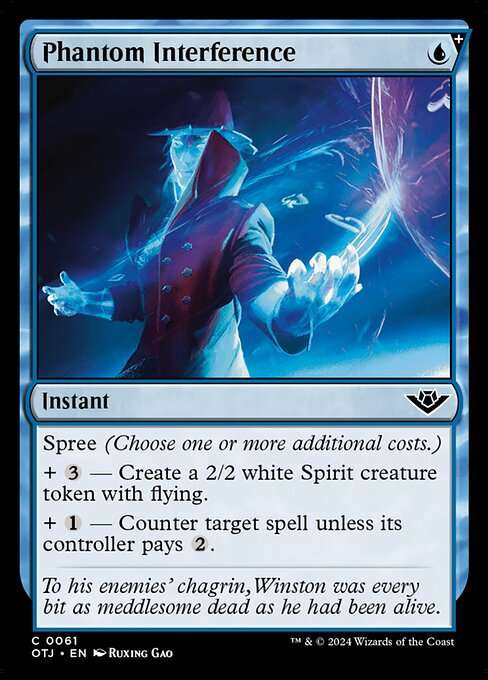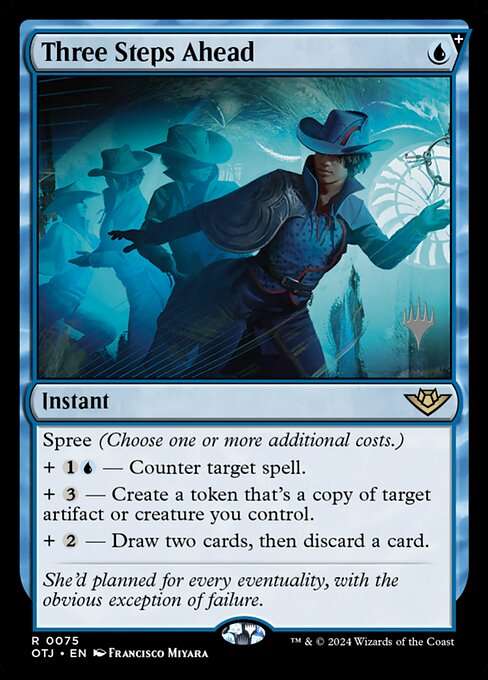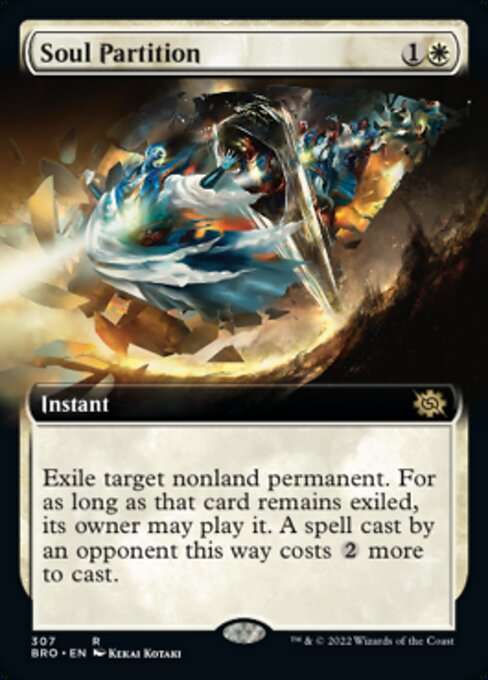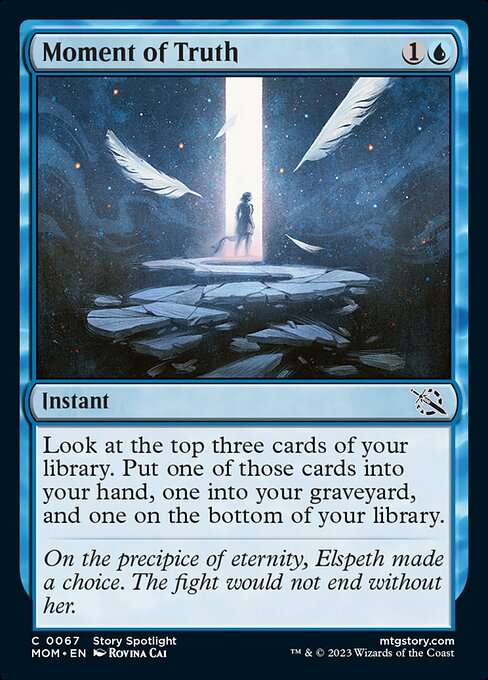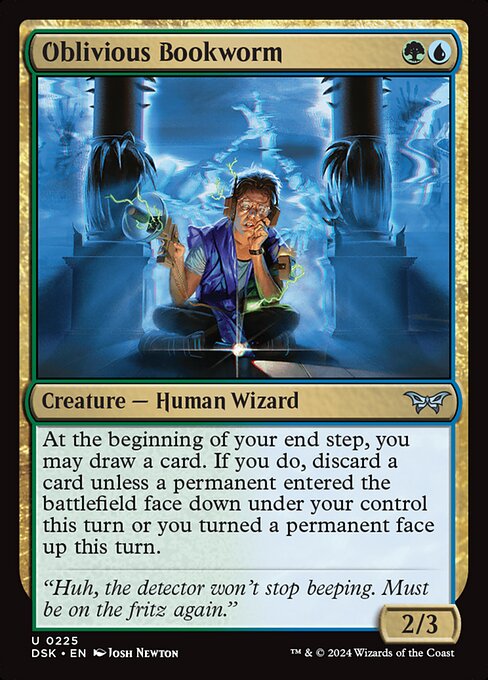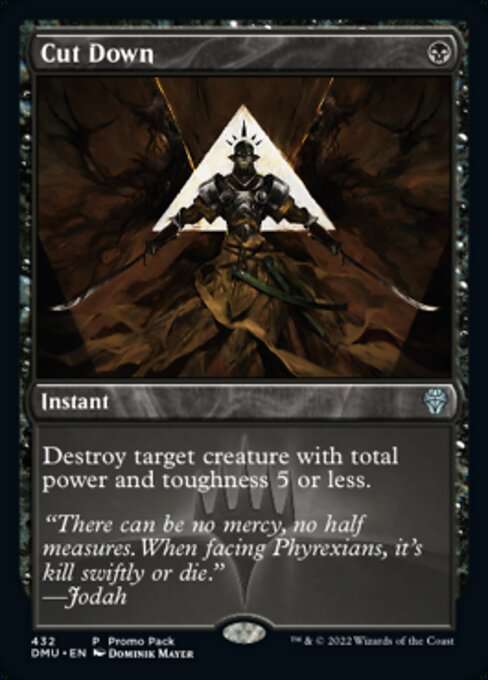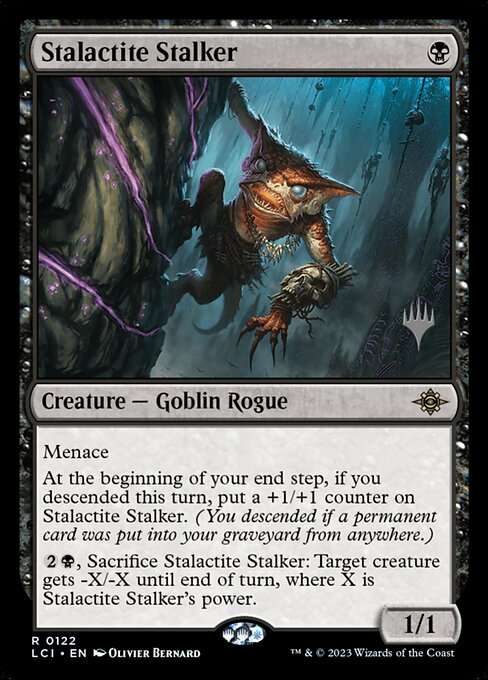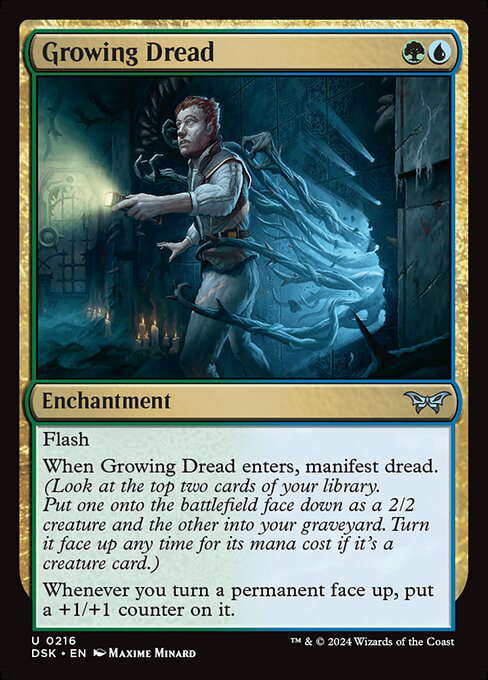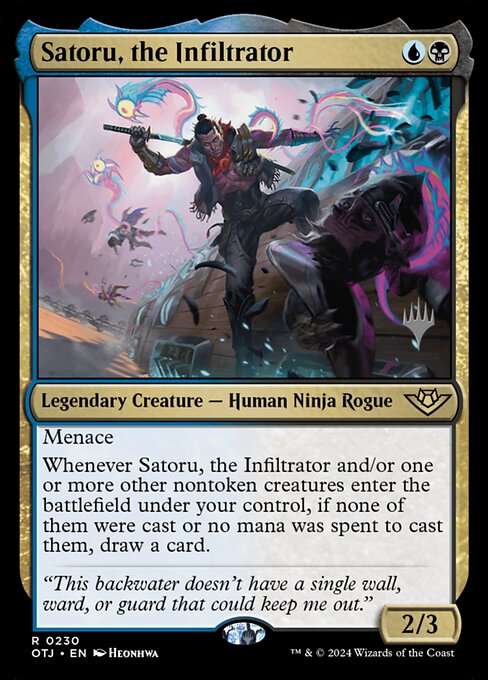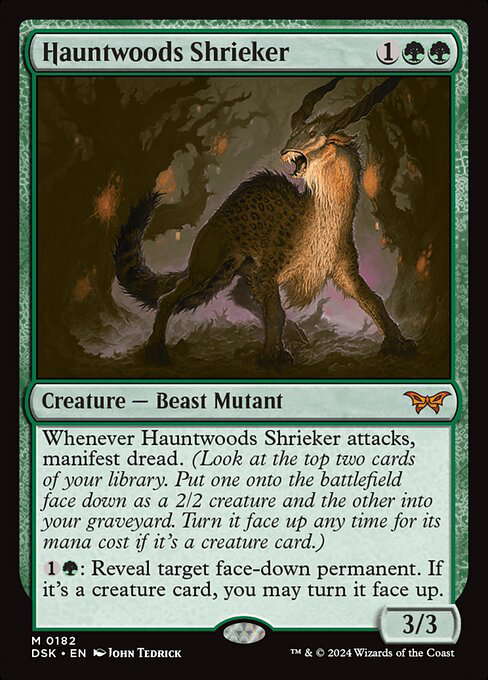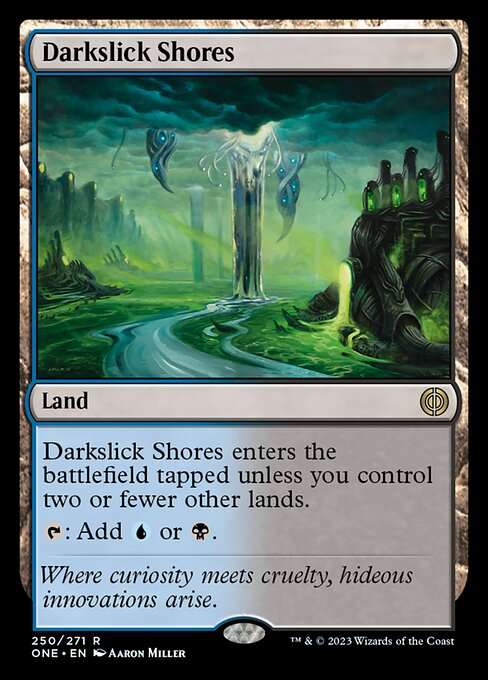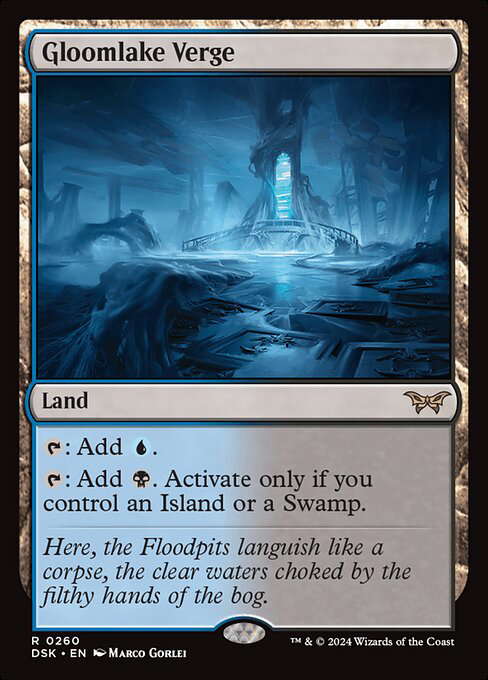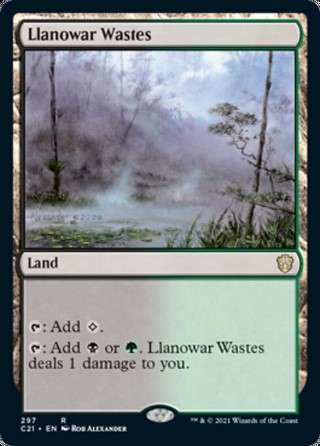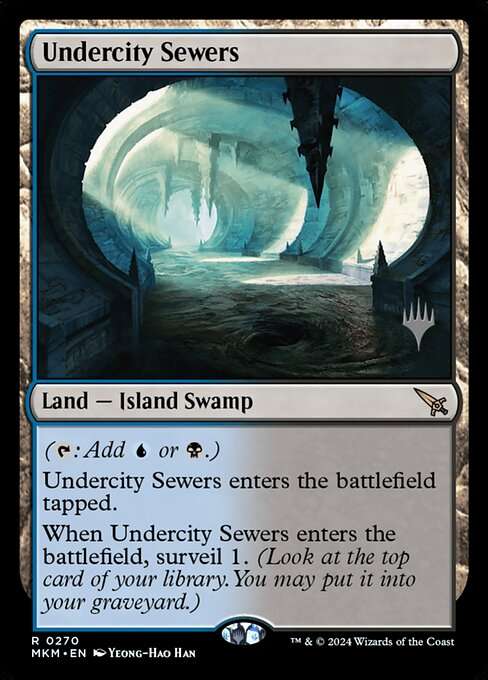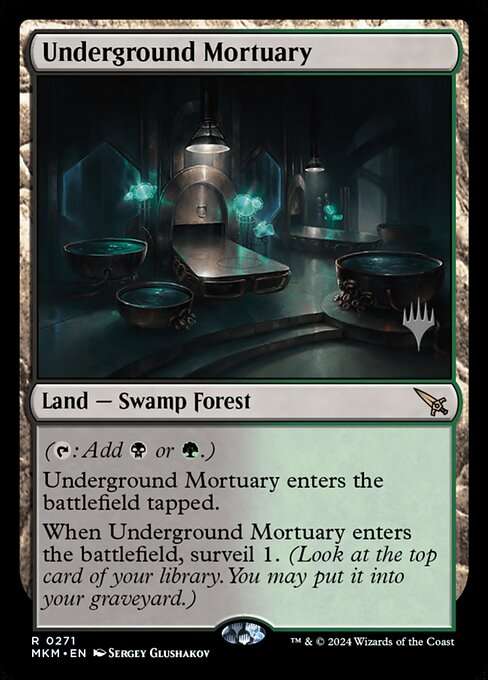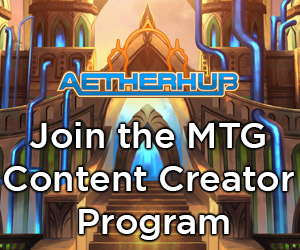A Tip and Nod to Abhorrent Oculus Decks (in Standard)
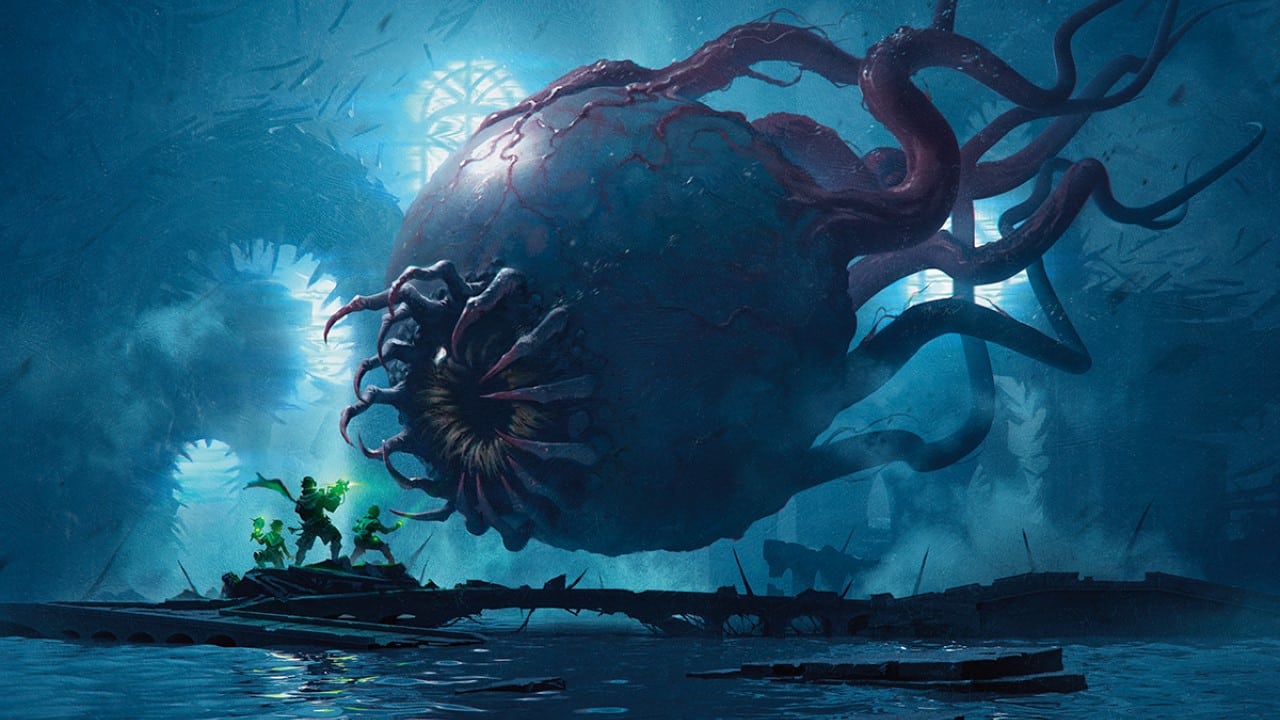
Abhorrent Oculus strikes that nice balance between being complex and being straightforward to use. For just two generic, one blue mana, and tempo-based drawback, you get a 5/5 flyer – an impressive stat line by any measure in MTG. But like cards before it such as Sheoldred, the Apocalypse
strikes that nice balance between being complex and being straightforward to use. For just two generic, one blue mana, and tempo-based drawback, you get a 5/5 flyer – an impressive stat line by any measure in MTG. But like cards before it such as Sheoldred, the Apocalypse , it turned out to be a “half-sleeper” powerhouse. The card was already in the focus radar of Spike players and finance-oriented MTG groups even as it was spoiled.
, it turned out to be a “half-sleeper” powerhouse. The card was already in the focus radar of Spike players and finance-oriented MTG groups even as it was spoiled.
But boy, it turned out to be much, much better.
First, there's the casting cost requirement of exiling six cards from your graveyard. In a format where graveyard strategies are prevalent, this could be seen as a tempo drawback. Something to balance out its cost and cumulative effect. However, it brings so much more to the table, that if you can turn this designed weakness into a strength, its power level just becomes absolute bonkers.
Because its free manifest dread triggers snowballs really quickly. People already love the idea of getting free surveils per turn in MTG. How about getting a surveil PLUS a solid 2/2? And if the creature have a morph-style ability like Disguise? Your advantages just accumulate even harder.
So, to summarize:
- Incredible deck filtering
- Graveyard accumulation
- Steady stream of free creatures
- Direct synergy with face-down mechanics and blink effects
- Drawback is easy to work around (virtually non-existent)
- Even if you lean to it, it is still technically an advantage disguising itself as a drawback.
Needless to say, the impact of Abhorrent Oculus on the Standard metagame has been swift and significant. It's found a home in a variety of deck archetypes both established and experimental. But it thrived perhaps most notably in Azorius (blue-white) control strategies. These decks leverage the Oculus's ability to generate consistent value while being very easy to play.
Such a wonderful selection of alternatives!
One particularly obvious strategy involves pairing Abhorrent Oculus with reanimation spells. Since it's part of a graveyard effect cycle anyway, just chuck it straight to the graveyard and reanimate it using any of the typical 3-mana-value reanimation spells available in Standard. This is why the most popular variants of its deck are typically Azorius in Standard, even though it can be just as potent to use in Mono-Blue, Dimir, and Esper decks.
Personally, I like the synergy of Abhorrent Oculus to Founding the Third Path better. I mean, sure you still need a third card to play around with the combo. But the card helps set up the giant 5/5 eye in both ways. Plus it becomes an obligatory midrange staple, to what otherwise would have traditionally been a control deck.
better. I mean, sure you still need a third card to play around with the combo. But the card helps set up the giant 5/5 eye in both ways. Plus it becomes an obligatory midrange staple, to what otherwise would have traditionally been a control deck.
Then again, like all decks that got pushed up the meta, other pieces within its themed build are independent enough to function well without the Abhorrent Oculus. The key is always the synergy of the main card itself to the deck, not the other way around.
Expectedly, the rise of Abhorrent Oculus has also led to an increase in graveyard hate in the format. People are now more than eager to mess with that graveyard than ever before. This, in turn, has created an interesting meta-game dynamic, where the presence of Abhorrent Oculus is felt even in matches where it doesn't make an appearance.

That's quite the jump in USD (not EUR) price during its pre-release transition.
From a financial perspective, the impact of Abhorrent Oculus has been equally dramatic. The card's price has skyrocketed since its release, with demand far outstripping supply. Players who were quick to recognize its potential and acquired copies early have seen a significant return on their investment. This price spike has also led to increased interest in cracking Duskmourn packs, as players hunt for this chase mythic.
Is this a dead end for the innovation of Abhorrent Oculus? For now, maybe. As players become more familiar with its plays, new strats and counters are bound to emerge. The card's interaction with other cards opens up certain ‘daring’ possibilities for future set releases, potentially unlocking even more eye-opening (pun intended) combinations.
Here are some of the most trending Abhorrent Oculus decks created in MTG Arena over the last two weeks:
(click the deck links for the gameplay video and other sources)
Oculus Helping Hand
(deck credit: LegenVD)
The deck aims to quickly put Oculus into the graveyard through discard or mill effects, then reanimate it cheaply with cards like Helping Hand. Fast, and simple. This allows for an early 5/5 flying blocker without needing to exile six cards from the graveyard. Once on the battlefield, Oculus not only provides a strong defense against aggro decks but also generates value through its manifest dread ability, offering card selection and additional creatures.It can rapidly stabilize against fast starts while building a powerful board presence for the long game.
Oculus Helping Hand
Main 60 cards (18 distinct)
| Instant, Sorcery, Enchantment, Artifact (28) | |||
|---|---|---|---|
| $0.49€0.420.23 | |||
| $0.27€0.160.03 | |||
|
2
Curate

|
$0.20€0.060.03 | ||
| $0.25€0.190.02 | |||
| $0.29€0.240.03 | |||
| $0.37€0.290.03 | |||
| $0.20€0.150.03 | |||
| $0.30€0.25 | |||
| $6.00€2.39 | |||
| Creature (12) | |||
| $2.770.15 | |||
| $0.25 | |||
| $20.56€21.06 | |||
| Land (20) | |||
|
2
Plains
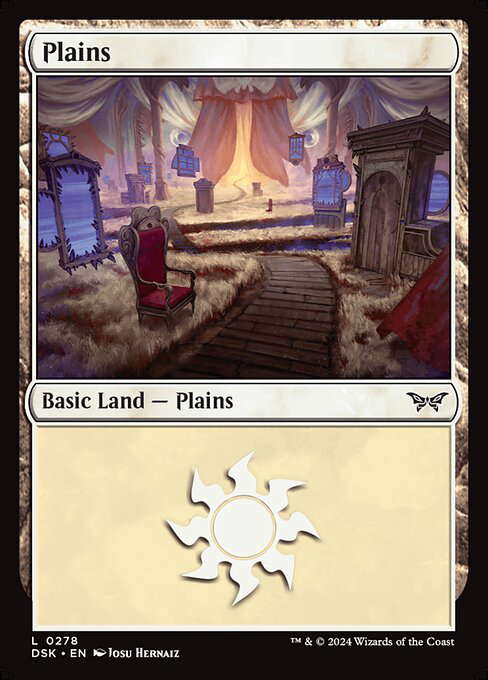
|
$0.19 | ||
|
4
Island

|
$0.17 | ||
| $5.91€4.190.06 | |||
| $1.06€2.220.09 | |||
| $13.80€7.10 | |||
Mythic Rank Azorius Oculus
(deck credit: MTG Joe)
Very similar to the first one, this particular build has emerged as a formidable contender in the early Duskmourn Standard metagame. Again, rather than paying the steep casting cost of exiling six cards from the graveyard, the deck aims for quick reanimation, but with a few changes here and there for more varied situation responses. While performing well, the deck could potentially benefit from more cheap interaction, particularly against aggressive red decks. Like the previous entry, the mana base is bolstered by the new Floodfarm Verge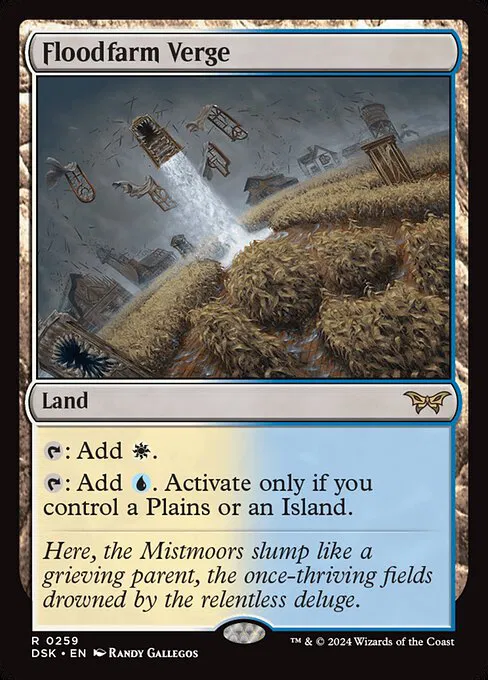 , improving color consistency.
, improving color consistency.
Mythic Rank Azorius Oculus
Sultai Dread
(deck credit: Ashlizzle)
This Sultai variant takes a different approach, focusing more on the manifest dread aspect of Abhorrent Oculus. The core idea is to fill the graveyard quickly using cards like Chart a Course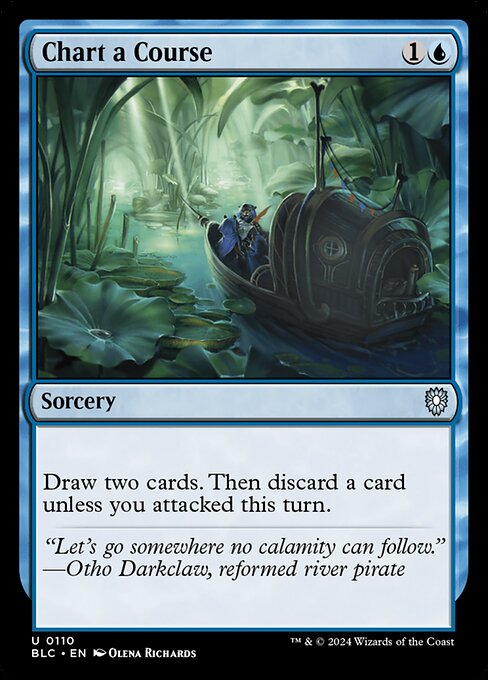 for discard, and self-mill effects from cards like Founding the Third Path
for discard, and self-mill effects from cards like Founding the Third Path or Picklock Prankster
or Picklock Prankster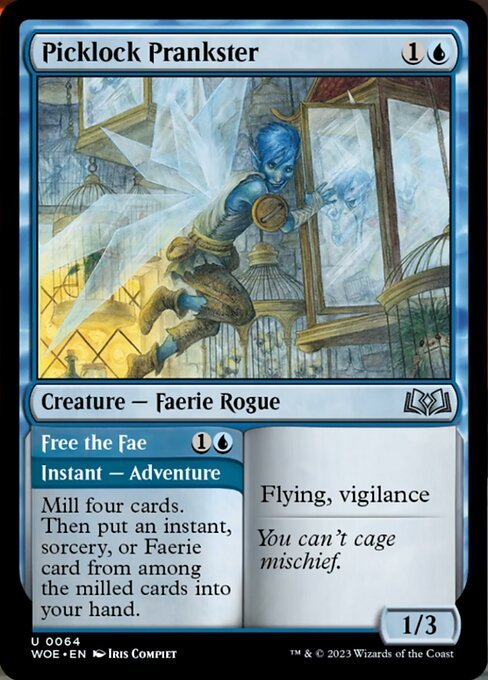 . Key to the deck is Satoru, the Infiltrator
. Key to the deck is Satoru, the Infiltrator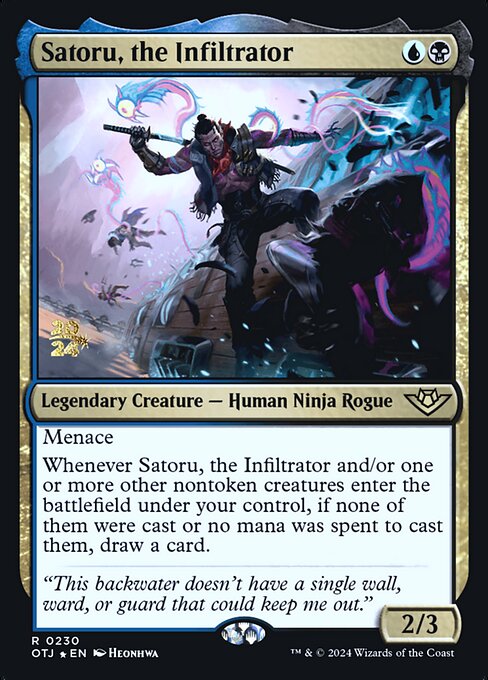 . This creature draws a card whenever a non-token creature enters the battlefield if no mana was spent to cast it. This synergizes perfectly with manifested creatures and reanimation effects. Growing Dread
. This creature draws a card whenever a non-token creature enters the battlefield if no mana was spent to cast it. This synergizes perfectly with manifested creatures and reanimation effects. Growing Dread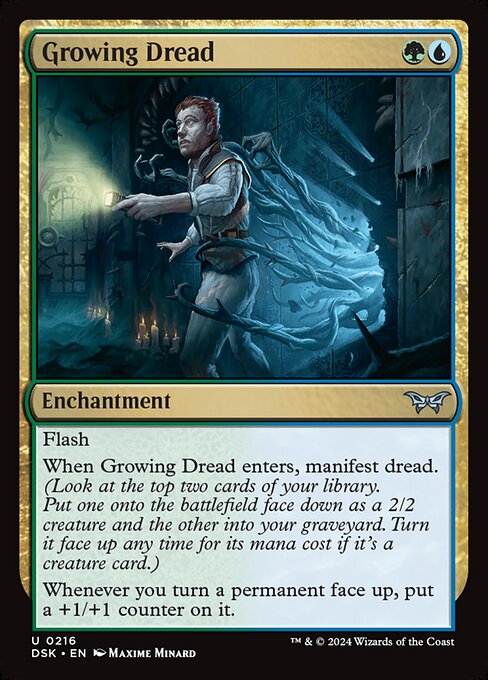 also helps to manifest more creatures each turn, triggering Satoru's ability. It also includes reanimation spells to bring back Oculus or other powerful creatures that might end up in the graveyard. Vannifar, Evolved Enigma
also helps to manifest more creatures each turn, triggering Satoru's ability. It also includes reanimation spells to bring back Oculus or other powerful creatures that might end up in the graveyard. Vannifar, Evolved Enigma adds another layer to the strategy, buffing colorless creatures - which includes both manifested creatures and Abhorrent Oculus itself.
adds another layer to the strategy, buffing colorless creatures - which includes both manifested creatures and Abhorrent Oculus itself.
Sultai Dread
About ChrisCee:
A witness since the time the benevolent silver planeswalker first left Dominaria, ChrisCee has since went back and forth on a number of plane-shattering incidents to oversee the current state of the Multiverse.
"Target bird is no longer available. Please leave a message after the last bounce."


